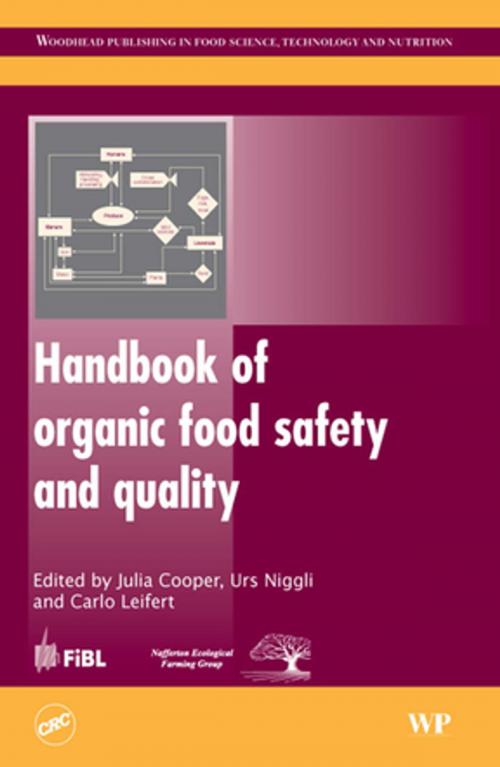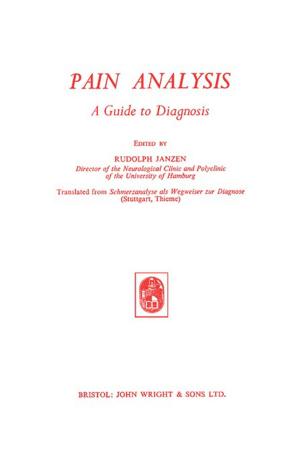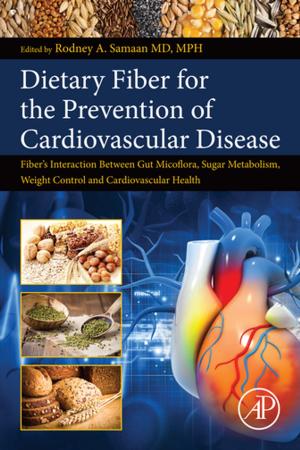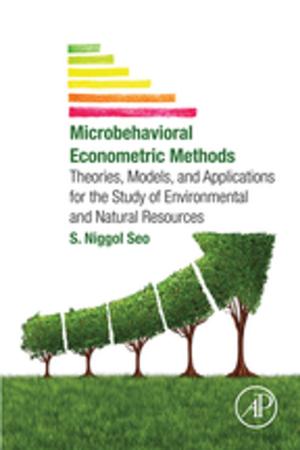Handbook of Organic Food Safety and Quality
Nonfiction, Science & Nature, Technology, Food Industry & Science| Author: | ISBN: | 9781845693411 | |
| Publisher: | Elsevier Science | Publication: | July 26, 2007 |
| Imprint: | Woodhead Publishing | Language: | English |
| Author: | |
| ISBN: | 9781845693411 |
| Publisher: | Elsevier Science |
| Publication: | July 26, 2007 |
| Imprint: | Woodhead Publishing |
| Language: | English |
Due to increasing consumer demand for safe, high quality, ethical foods, the production and consumption of organic food and produce has increased rapidly over the past two decades. In recent years the safety and quality of organic foods has been questioned. If consumer confidence and demand in the industry is to remain high, the safety, quality and health benefits of organic foods must be assured. With its distinguished editor and team of top international contributors, Handbook of organic food safety and quality provides a comprehensive review of the latest research in the area.
Part one provides an introduction to basic quality and safety with chapters on factors affecting the nutritional quality of foods, quality assurance and consumer expectations. Part two discusses the primary quality and safety issues related to the production of organic livestock foods including the effects of feeding regimes and husbandry on dairy products, poultry and pork. Further chapters discuss methods to control and reduce infections and parasites in livestock. Part three covers the main quality and safety issues concerning the production of organic crop foods, such as agronomic methods used in crop production and their effects on nutritional and sensory quality, as well as their potential health impacts. The final part of the book focuses on assuring quality and safety throughout the food chain. Chapters focus on post-harvest strategies to reduce contamination of food and produce, and ethical issues such as fair trade products. The final chapters conclude by reviewing quality assurance strategies relating to specific organic food sectors.
The Handbook of organic food quality and safety is a standard reference for professionals and producers within the industry concerned with improving and assuring the quality and safety of organic foods.
- Improve the safety, quality and health benefits of organic foods
- Discusses the latest research findings in this area
- Focuses on assuring quality and safety throughout the food chain
Due to increasing consumer demand for safe, high quality, ethical foods, the production and consumption of organic food and produce has increased rapidly over the past two decades. In recent years the safety and quality of organic foods has been questioned. If consumer confidence and demand in the industry is to remain high, the safety, quality and health benefits of organic foods must be assured. With its distinguished editor and team of top international contributors, Handbook of organic food safety and quality provides a comprehensive review of the latest research in the area.
Part one provides an introduction to basic quality and safety with chapters on factors affecting the nutritional quality of foods, quality assurance and consumer expectations. Part two discusses the primary quality and safety issues related to the production of organic livestock foods including the effects of feeding regimes and husbandry on dairy products, poultry and pork. Further chapters discuss methods to control and reduce infections and parasites in livestock. Part three covers the main quality and safety issues concerning the production of organic crop foods, such as agronomic methods used in crop production and their effects on nutritional and sensory quality, as well as their potential health impacts. The final part of the book focuses on assuring quality and safety throughout the food chain. Chapters focus on post-harvest strategies to reduce contamination of food and produce, and ethical issues such as fair trade products. The final chapters conclude by reviewing quality assurance strategies relating to specific organic food sectors.
The Handbook of organic food quality and safety is a standard reference for professionals and producers within the industry concerned with improving and assuring the quality and safety of organic foods.
- Improve the safety, quality and health benefits of organic foods
- Discusses the latest research findings in this area
- Focuses on assuring quality and safety throughout the food chain















